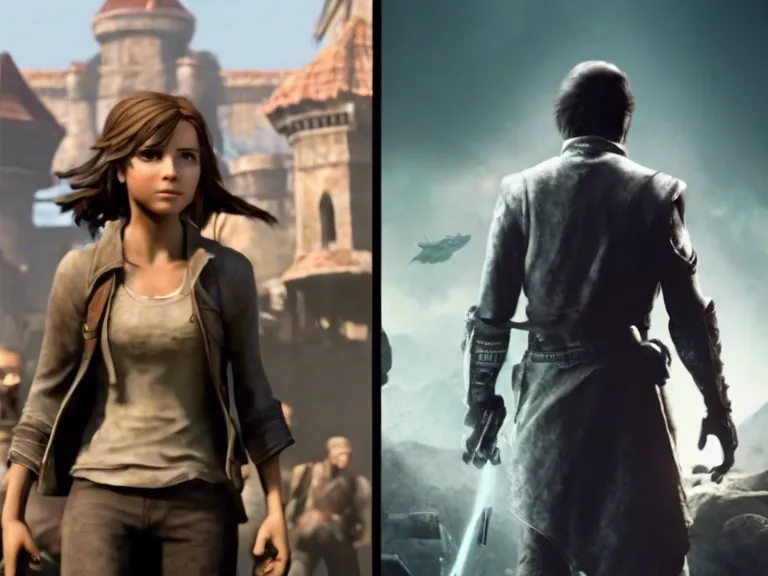
In the world of storytelling, both film and video games have evolved unique narrative techniques to engage audiences. This article explores the differences and similarities in how these mediums utilize various storytelling tools to convey compelling stories.
When it comes to narrative techniques in film, directors often rely on visual and auditory cues to create emotional connections with viewers. Through the use of camera angles, lighting, music, and editing, filmmakers can manipulate the audience's emotions and guide their attention towards specific aspects of the story. Additionally, the structure of a film, such as nonlinear storytelling or flashback sequences, can add depth and complexity to the narrative.
On the other hand, video games offer a more interactive experience for players, allowing them to actively participate in the story. Game designers use techniques like branching narratives, player choices, and alternative endings to give players a sense of agency and control over the outcome of the story. Furthermore, the immersive nature of video games, with their detailed worlds and complex characters, can create a more personal connection between the player and the narrative.
Despite these differences, film and video games share some common narrative techniques. Both mediums rely on strong character development, engaging dialogue, and well-crafted story arcs to keep audiences invested in the narrative. Additionally, the use of symbolism, foreshadowing, and plot twists can create intrigue and suspense in both films and video games.
In conclusion, while film and video games have distinct ways of telling stories, they both utilize narrative techniques to create engaging and memorable experiences for audiences. Whether through the passive viewing experience of film or the interactive gameplay of video games, storytelling remains a powerful tool for connecting people and sharing meaningful narratives.



